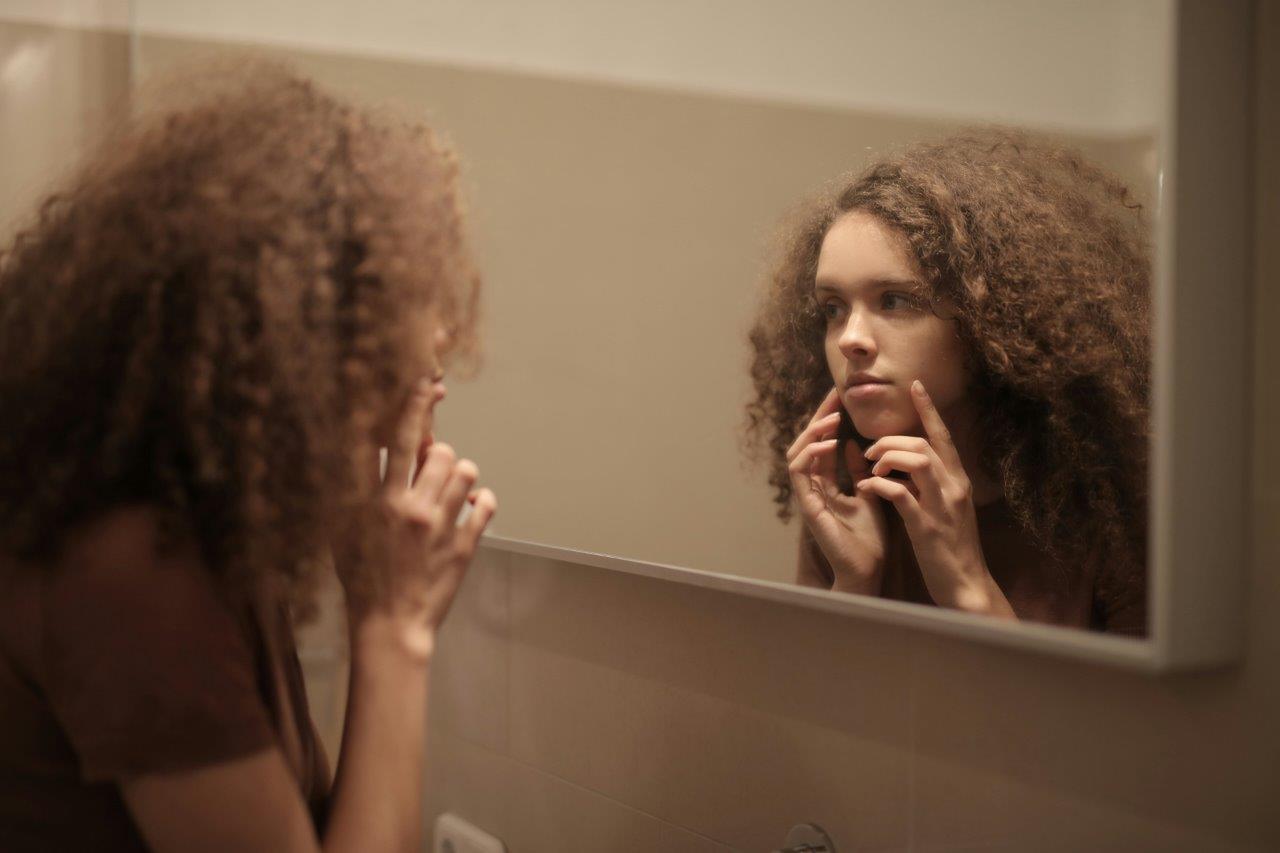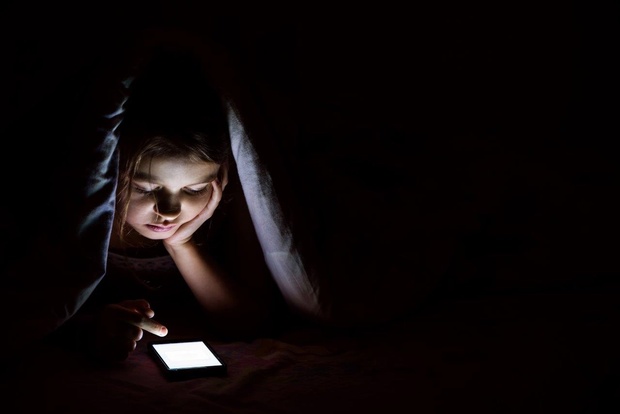Researchers from the Behaviour-Brain-Body Research Centre at the University of South Australia (UniSA) have polled more than 50,000 primary and secondary school students aged 7-19 years about the link between their sleep and nighttime phone habits and their experience of cyberbullying and stress levels – and their findings should be setting off alarm bells across the country.
“The paper highlights two things,” UniSA researcher and co-author Dr Stephanie Centofanti tells EducationHQ.
“Firstly, there’s a lot more phone use happening in the middle of the night than I think has previously been reported or speculated.
“There’s been a lot of focus on helping kids to reduce technology use during the day and before bedtime, but really, it seems like it’s more of a problem overnight than we might have previously thought, and I think a lot of parents may not quite be aware of the extent of it."
The other thing that was quite surprising for researchers was just how young the kids were, who were experiencing cyberbullying and also using their phones overnight. They had children as young as seven reporting.
“We found that frequency of nighttime phone use and getting less than eight hours sleep a night not only peaked in early adolescence but was also more evident in young girls,” Centofanti says.
“Pre-teens are at higher risk for socio-emotional disorders because they are at a developmental stage where they are less prepared cognitively, behaviourally and neurobiologically.”
Whether one habit causes or stems from another is not crystal clear, but the study findings should send a signal to parents about the need to manage digital device use at home.
Approximately 66 per cent of teenage girls and 58 per cent of teenage boys (aged 12-19 years) reported being cyberbullied at least once in the preceding school term.
Among the girls, 17 per cent said they slept less than eight hours a night and the corresponding figure for the teenage boys was 13 per cent.

Researcher Dr Stephanie Centofanti says that outside of the digital environment, boys are more likely to be physically bullied, while girls normally resort to psychological or relational bullying, which is more easily enabled online.
“We looked at a measure of psychological distress, and that includes things like symptoms of depression and anxiety and general stress, and we found that a really high proportion of students reported a moderate to severe level of psychological distress, including primary school students,” Centofanti explains.
“But it seemed to be worse or more common to have moderate to severe psychological distress for teenage girls, so they’re the ones who seem to be at most risk of mental health issues, and they also are less frequently getting eight hours sleep, according to our study.
"And they’re also more likely to be cyberbullies, so, it’s quite a vulnerable group.”
The findings align with numerous others suggesting that girls tend to use social media at a higher rate than boys.
“Rates were higher in girls, and we think it might be because girls are more likely to engage in written forms of bullying and that more passive style of bullying, whereas boys may be more commonly involved in things like traditional bullying, where there’s a physical element,” Centofanti explains.
“The other thing to note as well is that, with a lot of things, girls are like more likely to report them and admit to them occurring, so that might inflate their scores.”
Of the children who experienced cyberbullying, almost 75 per cent admitted they checked their phone throughout the night, compared to less than half for those who had never been cyberbullied.
“It is clear that parents need to pay closer attention to managing smartphone use at night, particularly if their children are more vulnerable to cyberbullying, and to ensure their children get enough sleep,” Centofanti says.
In another new study undertaken by researchers at the University of Sunshine Coast (UniSC), based around a survey of 336 girls aged 14 to 19, 98 per cent of the participants reported experiencing cyberbullying, and 62 per cent reported appearance-related cyberbullying.
As well, 96 per cent of appearance-related cyberbullying victims expressed a desire to change their appearance as a result, which can lead to harmful behaviours like dieting, extreme dieting and excessive exercise.
Eighty-one per cent of appearance-related cyberbullying victims expressed a desire to undergo cosmetic procedures as a result.
The findings demonstrate the profound consequences of appearance-related cyberbullying at a particularly vulnerable time in teens' brain development.

In a new Queensland study, 81 per cent of appearance-related cyberbullying victims expressed a desire to undergo cosmetic procedures as a result.
Neuroscience researcher Taliah Prince, a PhD candidate at UniSC’s Thompson Institute, says the results are concerning, particularly given that appearance-related cyberbullying is the most common form of cyberbullying experienced by adolescent females.
She says it highlights the urgent need for guardians, educators and policymakers to be made aware of what young women are being subjected to online, and what they can do to intervene.
As a psychologist, Centofani works with many children and teenagers and sees firsthand the implications of cyberbullying on things like body image concerns and anxiety in general, and school refusal as well.
“I think there is change occurring in terms of government policies and educational strategies in schools,” she says when asked what more can possibly be done on the part of governments and schools.
“It’s a new area. You and I probably didn’t grow up in an era where there were mobile devices available and we could be the victims of cyber bullying 24 hours a day, essentially, so it’s new territory, and as such it’s going to take time for systems to come up with guidelines and strategies that are actually feasible to implement.”
In terms of her own research paper and looking at the behaviours in the study, Centofanti says having the importance of sleep really embedded early on in the curriculum can help when it comes to parents having to explain the rationale behind maybe removing phones from the bedrooms for younger children, and also more support when it comes to not only dealing with cyberbullying, but attempting to try to define what it is.
“And I think the difficult thing with cyberbullying is it’s sometimes harder to define, which means, firstly, kids might be less likely to talk to an adult about it if they’re not entirely sure they’re being cyberbullied, because sometimes there are quite subtle ways that it occurs.
“But also, it’s such a more complicated situation than traditional bullying, in some ways, so I think there have to be guidelines and interventions at the home level, the school level and above, as well, at government level.”















